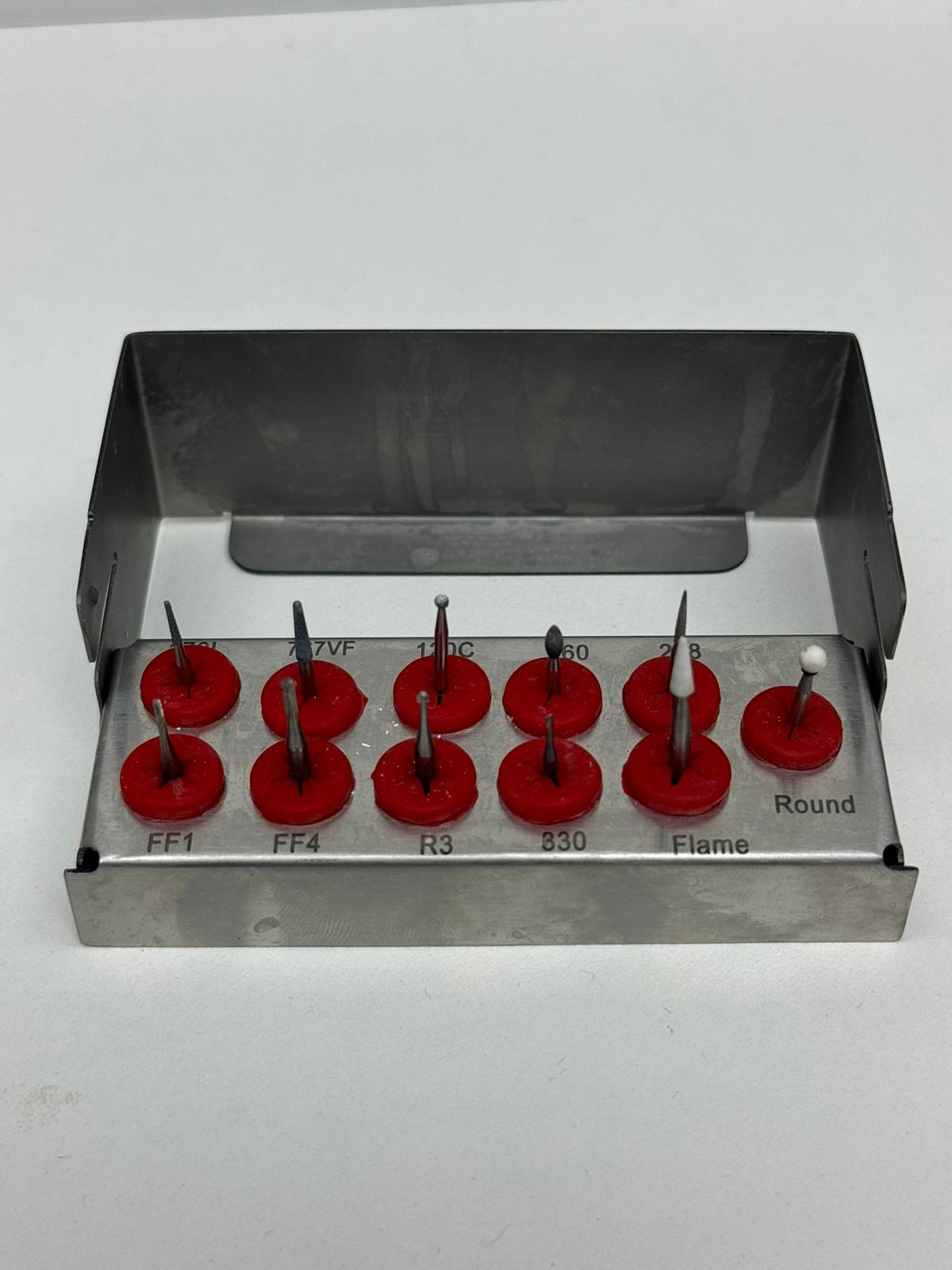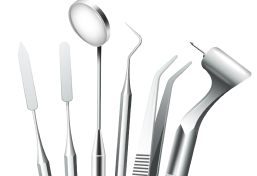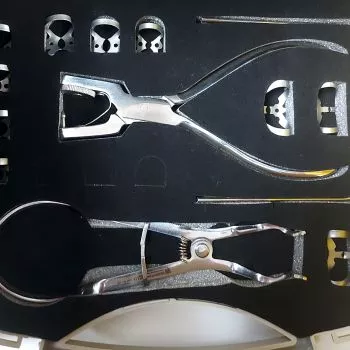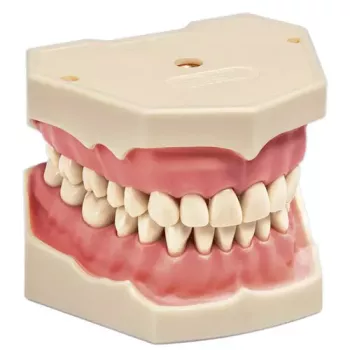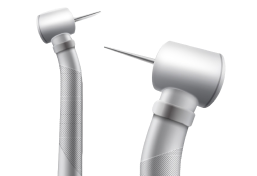Elevate Your Dental Career in the UK
Transform your future with our expert dental courses. Join a thriving community of professionals achieving excellence in dental education.
Advance Faster, Elevate Your Skills with
Courses Trusted by UK Dental Professionals.
2000+
Dentists Enhanced Their Skills with Our
Practical, Hands-on Training
12+ Years+
Providing High-Quality Dental
Education Trusted in the UK
1,500+
Dental Graduates Successfully
Prepared for UK Licensing Exams
100+
ORE & LDS Live Courses Covering
All Aspects of Modern Dentistry
ORE Courses
Browse all
Get ORE2 & LDS3 products, Trusted Tools for
Dental Success

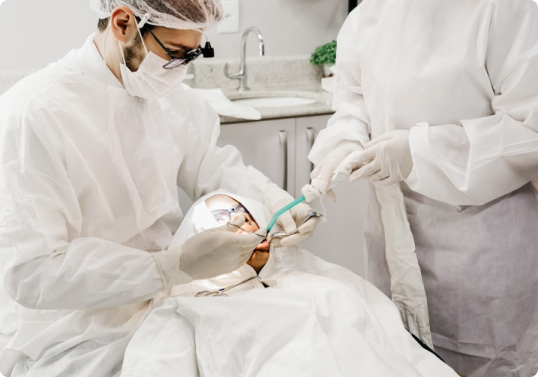
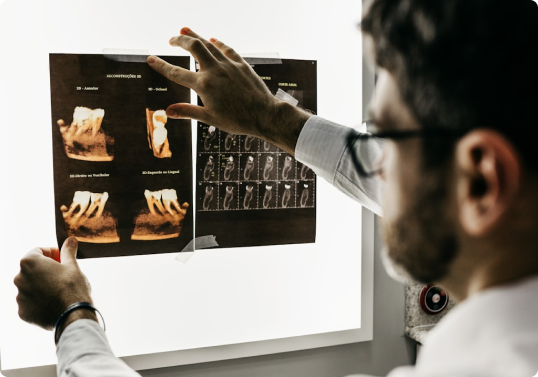

See What Our Clients Are Saying
5.0
Trusted by 5,152 Dentists
Frequently Asked Questions
What's is the structure of ORE 1?
Where is the exam based and how much does it cost?
When is the ORE conducted?
How can I apply for the exam?
Where is the exam based and how much does it cost?
What’s is the difference between ORE & LDS?
Do you recommend I book ORE or LDS?
How long do I need to prepare for the exam?
Which books do you recommend I use for ORE- LDS preparation?
How does ORE and LDS preparation differ?
Do I need to enrol onto a preparatory course for ORE1 or LDS1?
I am not comfortable studying from the online platform, can I get the notes printed as a hard copy?
Start Your Dental
Journey Today
Explore our expert-led courses and join thousands
of professionals elevating their careers
Get the Tools You
Need to Succeed
Shop trusted ORE2 & LDS3 products designed to
streamline your exam preparation.

